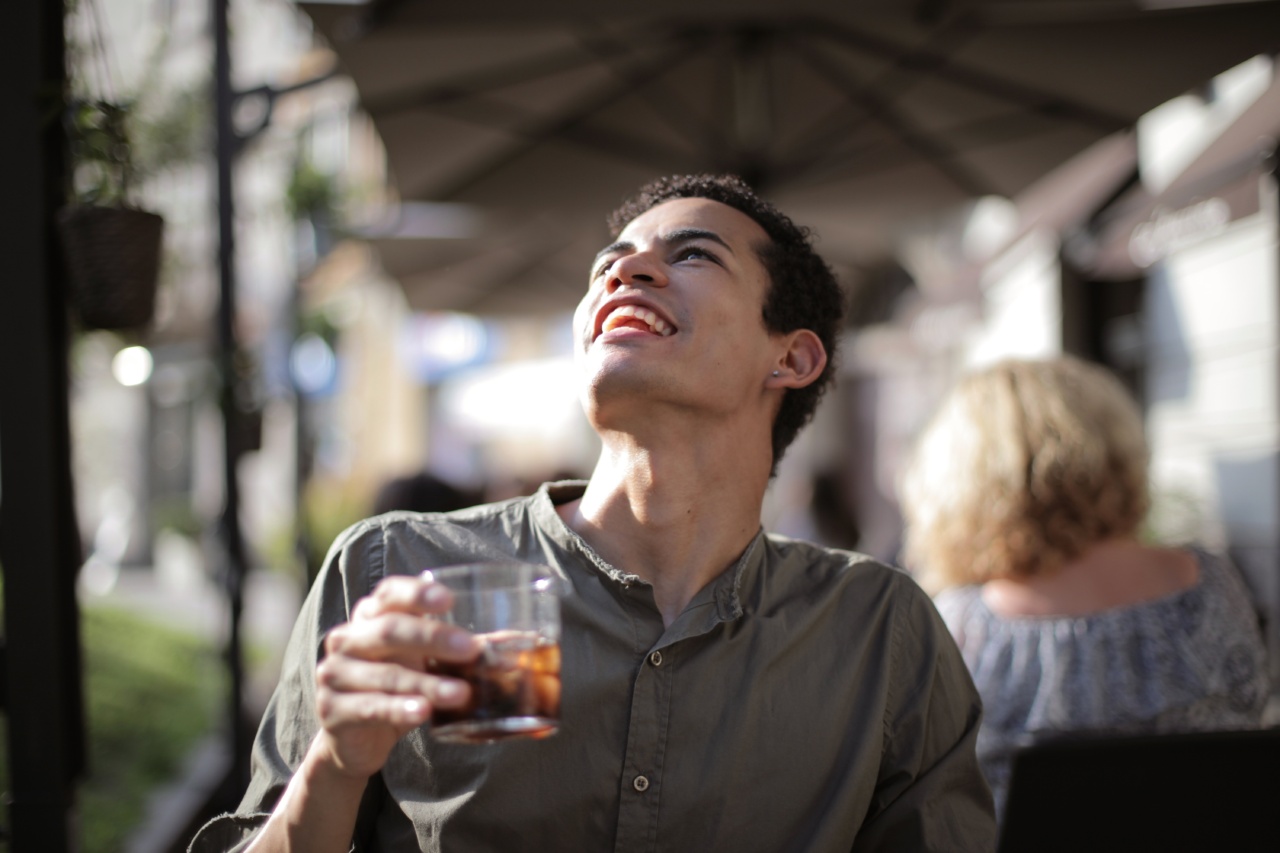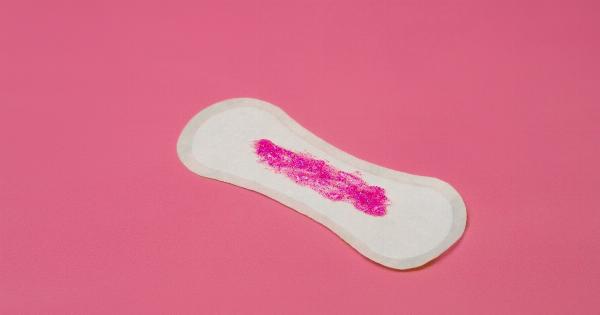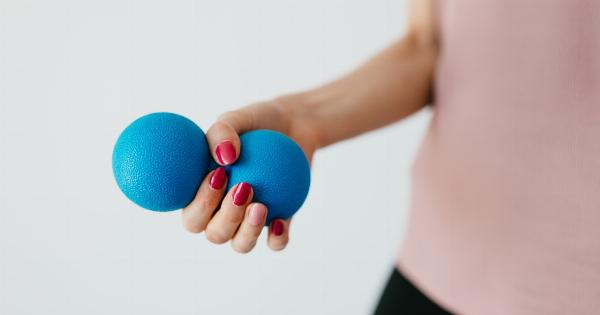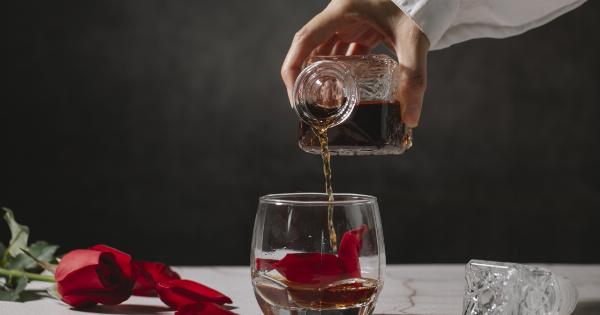Alcohol is a widely consumed substance that is known to have various effects on the body. It is a central nervous system depressant, which means it slows down brain activity and impairs cognitive and motor functions.
While most people are familiar with the typical symptoms of alcohol consumption, such as slurred speech and poor coordination, there is another less-known effect that can occur – blushing after alcohol consumption.
What is blushing?
Blushing, also known as facial flushing, is the reddening of the face, neck, and occasionally the chest and back. This occurs due to the dilation of blood vessels in the skin, which causes increased blood flow to these areas.
Blushing is a natural response to various emotional triggers, such as embarrassment, anger, or excitement. However, some individuals may experience blushing more frequently or intensely than others, leading to discomfort and self-consciousness.
Alcohol and blushing
Alcohol consumption is often associated with a variety of physical and psychological effects. Many people consume alcohol to relax and socialize, but it can also lead to negative outcomes, including increased blushing.
The relationship between alcohol and blushing is not entirely understood, but research suggests several potential mechanisms behind this phenomenon.
The role of blood vessels
Alcohol is a vasodilator, meaning it causes blood vessels to widen and relax. This vasodilating effect can lead to increased blood flow to the skin, resulting in facial flushing and blushing.
The dilation of blood vessels is more pronounced in some individuals due to variations in their genetic makeup. This means that some people may be more prone to blushing after consuming alcohol than others.
Alcohol-induced anxiety
Another possible explanation for blushing after alcohol consumption is the link between alcohol and anxiety.
While alcohol is often consumed as a means to reduce anxiety and promote relaxation, it can actually have the opposite effect in some individuals. Alcohol can disrupt the balance of neurotransmitters in the brain, leading to increased feelings of anxiety or stress. These negative emotions can trigger blushing as a physical response.
Alcohol flush reaction
Certain individuals may experience a more severe reaction to alcohol, known as the alcohol flush reaction.
This reaction is more commonly observed in individuals of Asian descent, particularly those who lack the enzyme ALDH2, which is responsible for breaking down a toxic byproduct of alcohol metabolism called acetaldehyde. When acetaldehyde builds up in the body, it can lead to symptoms such as facial flushing, rapid heartbeat, nausea, and dizziness. This strong reaction to alcohol can discourage individuals from consuming alcohol altogether.
The psychological impact of blushing
Blushing can have a significant psychological impact on individuals who experience it frequently or intensely. It can lead to feelings of embarrassment, self-consciousness, and even social anxiety.
The fear of blushing in social situations may cause individuals to avoid socializing or participating in activities, leading to isolation and reduced quality of life.
Managing blushing after alcohol consumption
If you experience blushing after alcohol consumption and find it bothersome, there are several strategies you can try to manage or minimize it:.
- Limit alcohol consumption: One of the most effective ways to reduce alcohol-induced blushing is to limit your alcohol intake. Drinking in moderation or abstaining from alcohol altogether can help prevent or minimize facial flushing.
- Avoid triggers: Pay attention to the specific types of alcohol or beverages that seem to trigger your blushing. Some individuals may find that certain types of alcohol, such as red wine or spirits, cause more intense flushing compared to others.
- Stay hydrated: Drinking plenty of water before, during, and after alcohol consumption can help dilute the alcohol in your system, potentially reducing blood vessel dilation and blushing.
- Practice relaxation techniques: Engaging in relaxation techniques, such as deep breathing exercises or meditation, can help reduce anxiety and stress, potentially minimizing blushing episodes.
- Seek professional help: If blushing after alcohol consumption severely impacts your quality of life or causes significant distress, consider seeking help from a healthcare professional or therapist who specializes in anxiety or phobias. They can provide you with strategies and support to manage your symptoms.
Conclusion
Blushing after alcohol consumption is not as harmless as it may initially seem. While blushing itself is a natural bodily response, frequent or intense blushing can be distressing and affect an individual’s well-being.
Understanding the relationship between alcohol and blushing, as well as implementing strategies to manage or minimize blushing, can help individuals navigate social situations more comfortably. Remember, if blushing negatively impacts your life, it is important to seek support from healthcare professionals who can provide guidance and assistance.





























